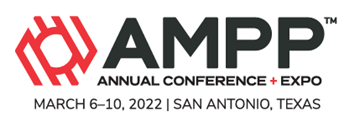Search
Corrosion Behavior of Martensite-Based Stainless Steels in Chloride Solutions Saturated with CO2 Containing Impurity Gases
Also Purchased
Corrosion testing of CRA in simulated CO2 injection well environments
Product Number:
51323-18993-SG
Publication Date:
2023
$20.00
Corrosion Resistance Evaluation Of Super Duplex Stainless Steel In Supercritical CO2 Saturated Liquid Phase Containing Impurities O2 Or SO2
Product Number:
51322-17602-SG
Publication Date:
2022
$20.00




